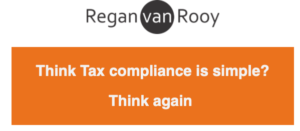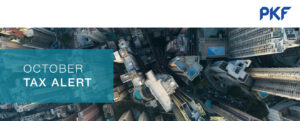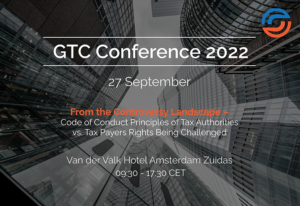This lecture will most likely be given by a guest lecturer who specializes in international tax structuring.
The reading requirements are:
14 16 2018 Anti abuse legislation The Importance of Substance in a Private Equity Fund Context
14 16 anti-avoidance how robust is a Structured Finance Deal
Read the double-dip leasing example in Chapter 1.4 of your Primer again – 1 Chapter Introduction on page 11
1 INTERNATIONAL OFFSHORE FINANCIAL CENTERS (IOFCs) planning checklist
International Tax- Tax Havens and Tax Avoidance report – look at:
Where Are the Tax Havens? ……………………………………………………………………………………………… 3
Methods of Corporate Tax Avoidance ………………………………………………………………………………… 9
Methods of Avoidance and Evasion by Individuals …………………………………………………………….. 24
Narrower Provisions Affecting Multinational Profit Shifting …………………………………………. 32
Options to Address Individual Evasion …………………………………………………………………………….. 34
HYBRID COMPANIES – read about this interesting type of company that ‘acts’ like a trust, but is not a trust, and could be useful to side-step certain anti-avoidance provisions (eg. CFC rules) aimed at passive income receipts by trusts. Look at this and think about what anti-avoidance rules may apply.
Study these structures and identify the potential international tax issues, by looking at the IOFC checklist above, and the controversial issues raised in the report/articles above on anti abuse/anti avoidance:
REVISED Lecture Tax Planning – Seminar Diagram Final
Also take a look at these recent anti-avoidance developments again:
14 16 BEPS OECD Harmful Tax Practices ‑ 2017 Progress Report on Preferential Regimes
This is a list of countries with ant-avoidance provisions: 14 16 Country Summary International Anti Avoidance provisions
Victor Thuronyi Comparative Tax Law – eBook, especially:
5.1 In General 133
5.2 Conflicting Maxims 136
5.3 Country Practice 137
5.4 Tax Avoidance: Introduction 150
5.5 Tax Avoidance and Evasion 154
5.6 Sham Transactions, Simulation, and Abuse of Law 157
5.7 General Anti-Avoidance Rules 160











